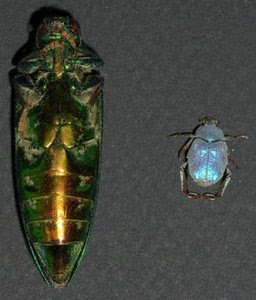Unbelievably stylish mobile devices and stunning technologies have changed our lives and made the world a global village by connecting the known & the unknown. And, Nokia is more at it! I already wrote about Nokia's ongoing innovative research on Mobile devices. Nokia has not stopped there, it is now using Nano-technology in its latest research and is going beyond imagination!
You're gonna go crazy, mad and then go buy one for sure! The Morph concept device, launched al ongside "The Museum of Modern Art Design and The Elastic Mind” exhibition is a bridge between highly advanced, latest technologies and their potential benefits to end-users.
ongside "The Museum of Modern Art Design and The Elastic Mind” exhibition is a bridge between highly advanced, latest technologies and their potential benefits to end-users.
 Flexible & Plastic Design
Flexible & Plastic DesignNanotechnology enables materials and components that are flexible, stretchable, transparent and remarkably strong. Fibril proteins are woven into a three dimensional mesh that reinforces thin elastic structures. Using the same principle behind spider silk, this elasticity enables the device to literally change shapes and configure itself to adapt to the task at hand.
If a folded design would fit easily in a pocket, an unfolded larger design could display more detailed information, and incorporate input devices such as keyboards and touch pads. That is too sexy!!
Self-Cleaning
Nanotechnology also can be "leveraged" to create self-cleaning surfaces on mobile devices! This will ultimately reduce corrosion, wear and improves durability. Nanostructured surfaces, such as “Nanoflowers” as they call it, can naturally repel water, dirt, and even fingerprints making use of similar effects seen in natural systems! Self-Cleaning and Self-Protecting is incredible!!
Advanced Power Sources
Sensing The Environment
 Nanosensors would empower users to examine the environment around them in completely new ways, from analyzing air pollution, to gaining insight into bio-chemical traces and processes.
Nanosensors would empower users to examine the environment around them in completely new ways, from analyzing air pollution, to gaining insight into bio-chemical traces and processes. Get a Sneak-Peek of Morph'ed Nano Technology by Nokia:


 Rinspeed sQuba is the first diving car with zero emissions and zero pollution in the seven seas of the world!
Rinspeed sQuba is the first diving car with zero emissions and zero pollution in the seven seas of the world!


 rumentation with two flat panel displays that display the appropriate information for air mode and for ground mode!
rumentation with two flat panel displays that display the appropriate information for air mode and for ground mode!





















 Duke University
Duke University 
















